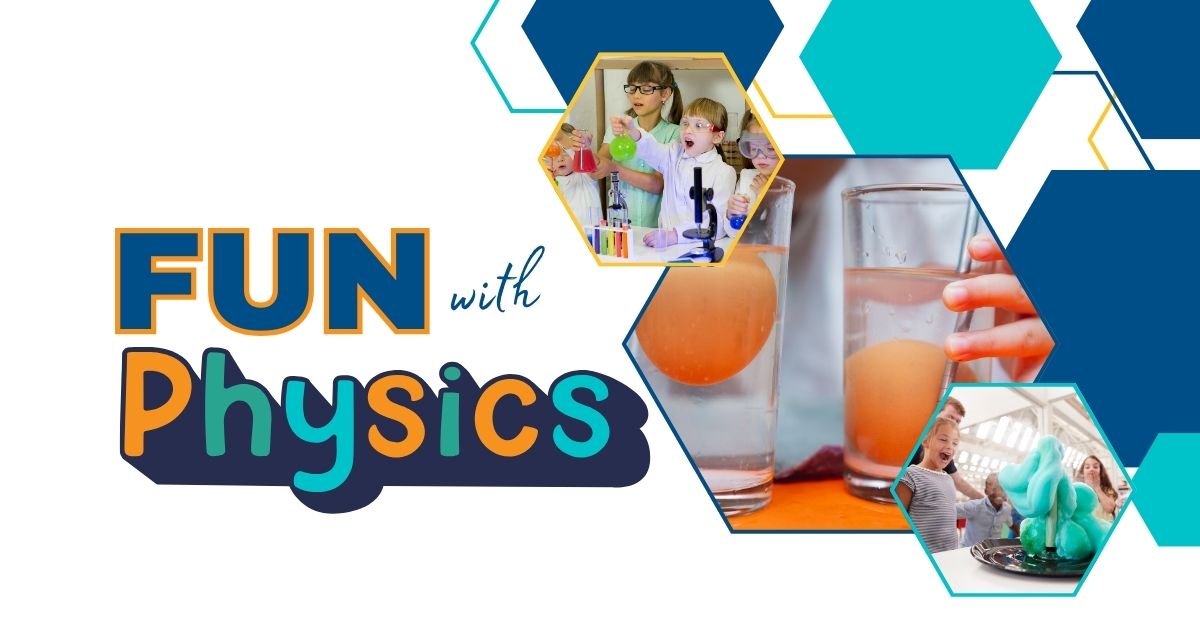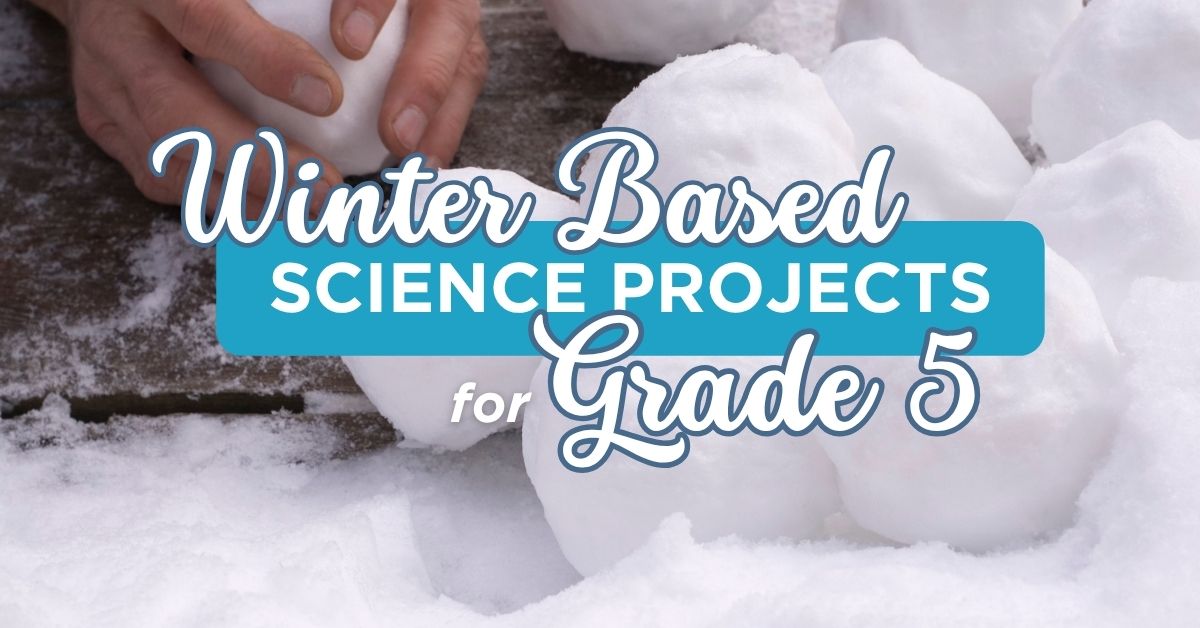Are you a homeschooling parent looking to make physics both fun and educational for your children? If so, you’re in the right place! Teaching the concepts of motion and energy doesn’t have to be daunting. In fact, with the right set of experiments, you can transform your homeschool into an exciting, hands-on science lab. This blog post is designed to guide you through simple and engaging experiments that answer the pressing question, “How do I teach motion and energy through experiments?”
You’ll discover what are easy physics experiments for homeschoolers and learn how simple activities can explain physics concepts to children. Get ready to ignite a passion for physics in your child with these fun and educational experiments!
Understanding Motion Through Simple Experiments
Introducing children to the concept of motion doesn’t have to be complicated. With simple materials and fun experiments, you can make physics engaging and easy to understand. Here are three hands-on activities that explore motion, energy, and forces in ways kids will love.
1. Create a Simple Pendulum
A pendulum is an excellent way to demonstrate periodic motion and concepts like amplitude and frequency. Here’s how to set it up:
- What You Need: A string and a small weight (like a washer or a toy).
- Steps:
- Attach the weight to one end of the string.
- Tie the other end to a fixed point, such as a hook or branch.
- Pull the weight to one side and release it to watch it swing.
This basic experiment showcases how energy is conserved and transferred. For extra learning, try these variations:
- Change the string’s length to see how it affects the speed of the swing.
- Use different weights and compare their impact on the pendulum’s motion.
Kids will observe physics principles in action and grasp how motion behaves in real-world settings.
2. Try the Balloon Rocket Experiment
Teach Newton’s Third Law of Motion, which states that every action has an equal and opposite reaction, using a balloon rocket. This activity is both educational and exciting.
- What You Need: A balloon, a straw, thread or string, and tape.
- Steps:
- Thread a string through the straw and secure the ends to two points, keeping the string taut.
- Inflate a balloon but don’t tie it. Instead, tape it to the straw.
- Release the balloon and watch it zoom along the string!
Kids can experiment further by altering the balloon size or adjusting the string’s angle. How do these changes affect the rocket’s speed or distance? This visual demonstration brings physics into focus and encourages children to make observations and draw conclusions.
3. Explore Friction with a Slide and Roll Experiment
This activity introduces the concept of friction and its influence on motion. It’s simple to set up and perfect for understanding how different surfaces affect movement.
- What You Need: A small toy car or ball and various surfaces like carpet, wood, and tile.
- Steps:
- Roll the car or ball across each surface and observe how its speed and distance change.
Encourage kids to make predictions. Will the toy roll farther on the smooth tile or the rough carpet? This exercise promotes critical thinking and shows how everyday textures impact motion.
Why These Experiments Matter
Through activities like these, children can interact with fundamental physics concepts in a hands-on way. They can see motion, energy, and forces in action, setting a strong foundation for future learning. Plus, these simple experiments are easy to conduct at home or in a classroom, making physics fun and accessible for everyone!
Exploring Energy With Engaging Activities
Energy is all around us, and there are plenty of ways to explore this concept in a homeschool setting. Begin with a “Rubber Band Energy” experiment. Stretch a rubber band and ask your child to feel the tension. Release it and observe how energy is stored and then transferred as the rubber band snaps back. This simple demonstration is a fantastic way to answer, “How do I teach motion and energy through experiments?” as it shows potential energy converting into kinetic energy in a very tangible way.
Another engaging experiment involves creating a “Bouncing Ball” activity. Drop different balls (e.g., tennis ball, rubber ball, and marble) from the same height and observe how high they bounce back. This experiment demonstrates energy conservation and transformation, as well as the effects of material properties on energy transfer. By comparing the results, children learn that not all objects store and release energy in the same way, addressing the question, “Can simple activities explain physics concepts to children?”
To explore the concept of thermal energy, try a “Solar Oven” experiment. Using a pizza box, some aluminum foil, and plastic wrap, create a solar oven to cook a simple snack like s’mores. This hands-on activity not only provides an answer to “What are easy physics experiments for homeschoolers?” but also introduces the principles of radiant energy and heat transfer. Children can observe how sunlight is converted into thermal energy, heating up their treats while also learning about renewable energy sources and their practical applications.
Building On Physics Concepts With Advanced Experiments
After exploring motion through simple activities, you can take a step further into advanced physics concepts. These experiments not only deepen understanding but also spark curiosity and problem-solving skills. Below are three engaging activities designed to build on foundational physics principles.
1. Explore Mechanical Advantage with a Pulley System
Pulleys are a fun and interactive way to introduce the concepts of work and mechanical advantage. Here’s how to set it up:
- What You Need: A spool, some string, and a small weight.
- Steps:
- Attach the weight to one end of the string.
- Run the string through the spool to create a basic pulley system.
- Have your child lift the weight both directly and using the pulley.
This hands-on demonstration shows how pulleys make work easier. Your child will feel the difference in effort and begin to grasp how simple machines play a vital role in everyday tasks.
2. Build a Miniature Wind Turbine
Wind turbines are an excellent way to explore energy transformation. This activity combines physics with environmental science, offering a multidisciplinary approach.
- What You Need: Basic household materials, such as cardboard, a small motor, and an LED.
- Steps:
- Design and create a small windmill structure.
- Connect the blades to a motor capable of generating electricity.
- Use the windmill to power an LED light.
This experiment gives a firsthand look at how wind energy is converted into electrical energy. It’s a creative way to discuss renewable energy while reinforcing physics topics like energy conversion and engineering concepts.
3. Conduct a Catapult Challenge
A catapult isn’t just fun to build and use; it’s an effective tool for teaching potential and kinetic energy, as well as projectile motion.
- What You Need: Popsicle sticks, rubber bands, a spoon, and small objects for launching.
- Steps:
- Construct a simple catapult using the materials.
- Experiment by launching objects of different sizes and weights.
Encourage your child to explore how changes in the catapult’s design or the launch angle affect the object’s distance and trajectory. This activity brings real-world engineering challenges into play while making physics exciting and tangible.
Why These Experiments Are Beneficial
Experiments like these go beyond basic principles, allowing children to connect real-world applications to what they’ve learned. Whether it’s mechanical advantage, energy conversion, or projectile motion, these advanced activities help deepen their understanding of physics while fostering innovation and creativity. Plus, they’re a great way to spend quality, educational time together!
Fostering A Love For Science With Physics Experiments
Physics experiments are a fantastic way to instill a love for science in children, making complex concepts accessible and enjoyable. Encouraging curiosity and exploration through hands-on activities helps children grasp the principles of motion and energy while also fostering critical thinking and problem-solving skills. By addressing the question, “How do I teach motion and energy through experiments?” you’ll inspire your child to ask questions and seek answers, laying the foundation for a lifelong appreciation of science. These experiments also offer numerous opportunities for interdisciplinary learning.
By connecting physics concepts with math, art, and environmental science, children gain a well-rounded understanding of how the world works. This approach not only answers the question, “What are easy physics experiments for homeschoolers?” but also enriches your child’s educational experience, promoting creativity and collaboration.
Incorporating physics experiments into your homeschooling curriculum can be a fun and rewarding way to engage your child in learning. By providing hands-on experiences that demonstrate the principles of motion and energy, you’ll help your child develop a strong foundation in science. Remember, simple activities can explain physics concepts to children, and by nurturing their curiosity, you’ll empower them to become lifelong learners.
By integrating physics experiments into your homeschooling routine, you’re not only teaching your child important scientific concepts but also helping them develop essential skills for success in life. Critical thinking, problem-solving, and creativity are all cultivated through engaging, hands-on activities that explore motion and energy. By exploring the question, “Can simple activities explain physics concepts to children?” you’ll provide your child with a strong foundation in scientific principles that will serve them well in their future endeavors.
Additionally, physics experiments can inspire your child to pursue further studies or even a career in science, technology, engineering, or mathematics (STEM). By demonstrating the real-world applications of physics, you’ll help your child see the value and relevance of their education. This not only addresses “What are easy physics experiments for homeschoolers?” but also opens doors to exciting opportunities and possibilities. Remember, the key to effective physics education is to make learning enjoyable and relatable.
By providing your child with engaging, hands-on experiments, you’ll encourage a love for science that will last a lifetime. Whether you’re exploring motion and energy through simple activities or tackling more advanced concepts, you’ll be setting your child up for success and fostering a lifelong passion for learning.

A Solid Understanding Of Science
In today’s rapidly changing world, a solid understanding of science is more important than ever. By teaching your child about motion and energy through engaging in physics experiments, you’ll equip them with the knowledge and skills they need to thrive in the 21st century. By answering “How do I teach motion and energy through experiments?” and “Can simple activities explain physics concepts to children?” you’ll provide your child with a strong foundation in scientific principles that will serve them well throughout their lives.
Keep in mind that the best way to teach physics is by making it fun and interactive. By incorporating hands-on activities into your homeschooling curriculum, you’ll create a dynamic learning environment that fosters curiosity and exploration. This approach not only addresses “What are easy physics experiments for homeschoolers?” but also helps your child develop essential skills for success, such as critical thinking, problem-solving, and creativity. The key to successful physics education lies in making learning enjoyable and relatable.
By providing your child with engaging, hands-on experiments that explore motion and energy, you’ll inspire a lifelong passion for science and set them on the path to success. Together, you and your child can discover the wonders of physics and unlock the potential for a bright future filled with endless possibilities.





